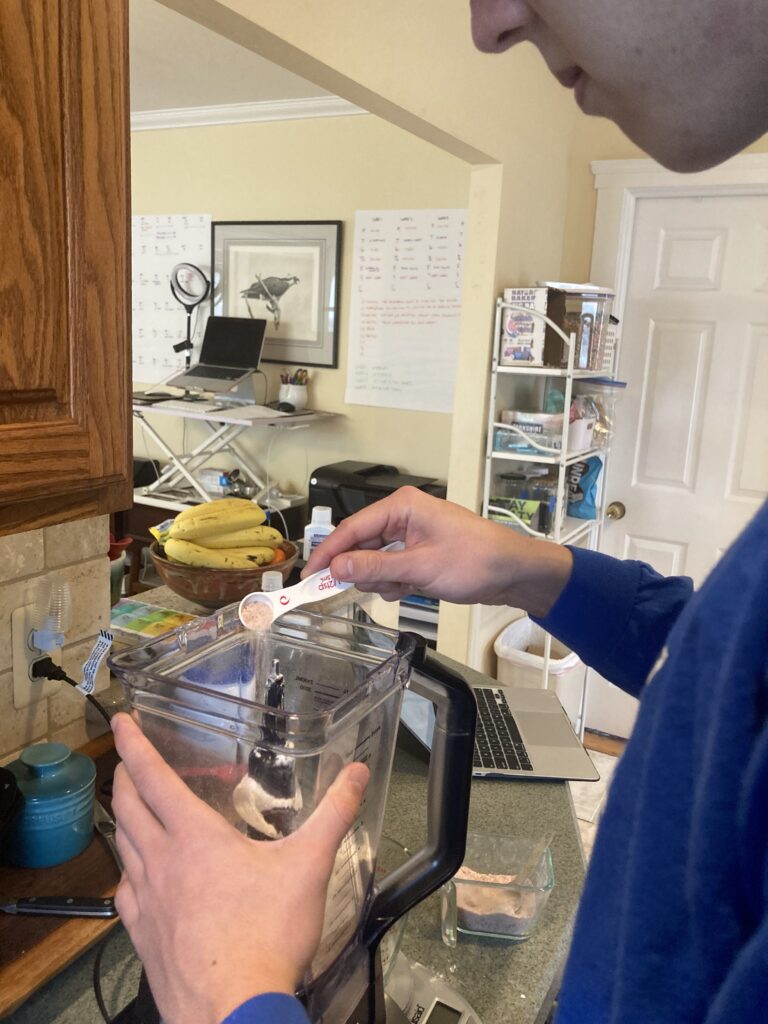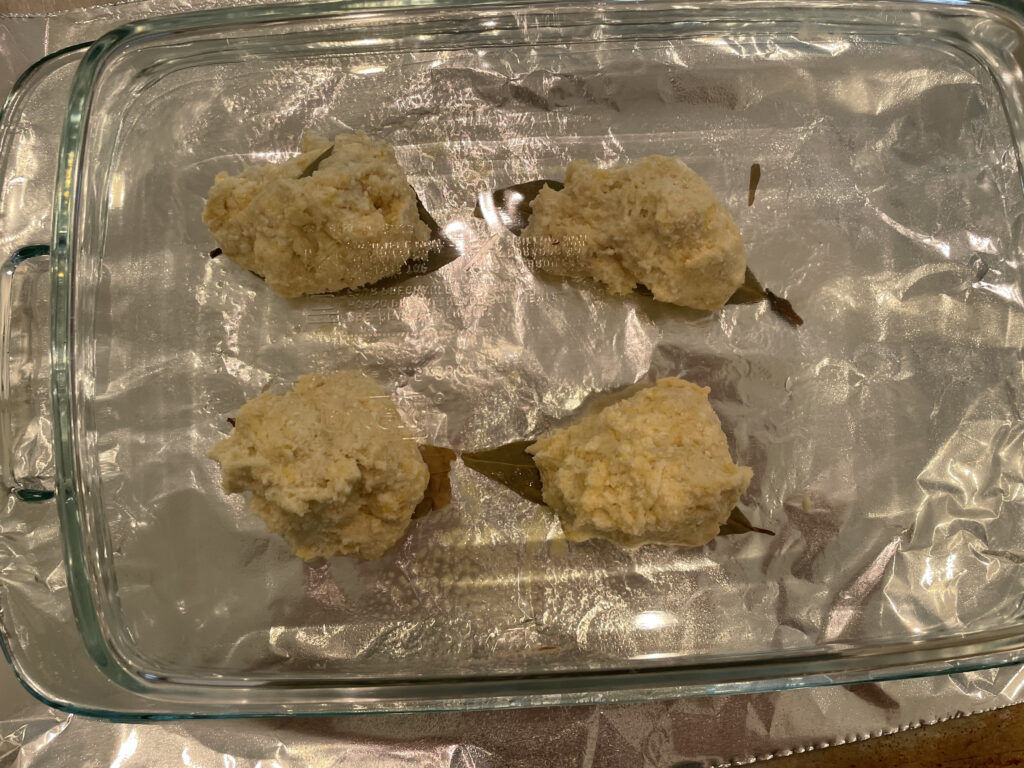Netflix Series “Roman Empire”
Over spring break, my mom and I watched a few episodes of the first season of “Roman Empire,” an original Netflix series. The first season begins at the end of the 2nd century BCE, when Rome has dominated the entire Mediterranean and much of the remaining world. At this time, 1 in 5 people lived in the boundaries of Rome. Rome at that time was characterized for having the best military forces and the most advanced and civilized empire and society. The people of Rome at the time were under the rule of Marcus Aurelius, who was loved and admired by the people of Rome. He was viewed by his people as possibly the best emperor Rome has ever seen due to the advancements and political moves he made during his rule.
The story focuses in on Commodus, Marcus Aurelius’s son. In the first episode, it is clear that Commodus is unmotivated and irresponsible despite the fact that his father has set him up to succeed him as emperor. Commodus was painted as ungrateful, living off the lavishes that were created for him by his father. His sister, Lucilla, was much more experienced and equipped than Commodus to be in a position of power. His lack of drive and motivation clearly frustrates Lucilla, as she feels it is unfair that he is given all the power with no proof of his ability.
Faustina and Marcus Aurelius agree to send Commodus into Germania where there is a Roman army camp where Marcus Aurelius will train him for the throne and hopefully change his attitude towards life. Reluctantly, Commodus goes to Germania, but refuses to take advice and training from his father. Despite this, Marcus Aurelius continues to push him until Commodus complies.
While in Germania, Marcus Aurelius becomes ill and rumors of his death begin to spread. When this news reaches his wife, Faustina, she panics, concerned for her family’s safety (specifically Commodus) as if something were to happen to Marcus Aurelius they would all be at risk of attack.
In response to the news of her husband’s death, she travels to Egypt where she seduces Cassius and convinces him to marry her, take care of her family, and campaign to become the next emperor. Soon enough, rumors of this make their way to Germania and to Marcus Aurelius himself. Faustina knows she has to face him, so she travels out to Germania where she denies the rumors and then subsequently commits suicide while in the military camp.
I thought that the way that information spread and was shared in Rome was very interesting. Because Rome had monopolized the entire world, information spread like the plague (which ultimately killed Marcus Aurelius later in the second episode), but it wasn’t immediate. It took days for information to spread in the way that it does in mere seconds today. I noticed that this allowed people to be more strategic and caused Faustina to run around from Rome to Egypt to Germania trying to paint the narrative herself. I thought this aspect of the show was enlightening as I had never really thought about how the spread of information in such a large and influential empire would proceed, but I can see that it was complicated and there was room for a lot of political strategies in the way information was painted.






